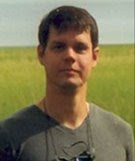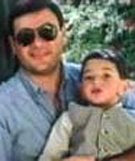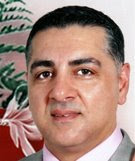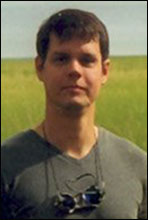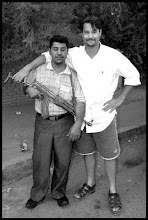Under United States policies and laws, a casualty is composed of a) TYPE, b) STATUS, and c) CATEGORY.
a) TYPE:
(1) non-hostile or
(2) hostile
b) STATUS:
(1) deceased or
(2) duty status – whereabouts unknown (DUSTWUN) for military, or excused absence – whereabouts unknown (EAWUN) for civilians or
(3) missing or
(4) very seriously ill or injured (VSI) or
(5) seriously ill or injured (SI) or
(6) not seriously ill or injured (NSI) or
(7) Returned to Military Control (RMC) or
(8) Pending - for preliminary reports only
At the DoD Component’s discretion, an additional casualty Status may be used - generally used for illnesses that require hospitalization:
(9) Special Patient (SPECPAT) or
(10) Special Category (SPECAT)
There are a wide variety of casualty categories depending on the status. For example, categories used for 'Status - Missing' are - Beleaguered, Besieged, Captured, Detained, Interned, Missing, Missing in Action (MIA), and again, Pending is for preliminary reports only.POW is not a casualty status for reporting purposes, rather Status and Category are "Missing-Captured."
The key to understanding the difference between the Defense Base Act and the War Hazards Compensation Act lies in the TYPE of casualty: non-hostile vs. hostile
Laws
The Defense Base Act is an extension of the Longshore and Harbor Workers' Compensation Act - the equivalent of worker's compensation for Americans working overseas for US government agencies.
Because coverage under the Defense Base Act is a legal requirement, premiums paid by a contractor are a reimbursable expense under the terms of the contract. Contracts should carry the relevant contract clauses (see: PDF - Memorandum: Inclusion of Defense Base Act Clause in DoD Overseas Contracts 08 Dec 2003).
Defense Base Act vs War Hazards Compensation Act
Incidents are divided into two types: NON-HOSTILE and HOSTILE. Casualties the result of a Non-Hostile event are covered under the Defense Base Act. Casualties the result of a Hostile event, however, are covered under the War Hazards Compensation Act.
The following graphic is an attempt to help clarify the difference between the Defense Base Act and the War Hazards Compensation Act.
 right click to open in a new window
right click to open in a new windowClaims arising from incidents that are the result of non-hostile action generally are reported under the Defense Base Act and as such are 15-40% reimbursable. [see note below] Claims arising from incidents that are the result of hostile action are paid under the War Hazards Compensation Act and subsequently the Federal Employees Compensation Act and consequently are 100% reimbursable.
Example:
John Brown sprains his ankle getting out of his truck in Iraq. Even though he's working in a war zone, the type of incident is non-hostile. Claims will be covered under the Defense Base Act. The claims will be reimbursed at 15-40%.
Bob Jones sprains his ankle getting out of his truck in Iraq as he attempts to retreat from mortar fire. Even though the injury is physically and medically identical to that of his co-worker, John Brown, the incident is the result of hostile action. Claims will be covered under the War Hazards Compensation Act and subsequently the Federal Employees Compensation Act. The claims will be reimbursed at 100%.
Casualty Status of Missing
Iraq Contractors and The Missing Persons Act
Note (added July 19, 2009)
Figures were provided by Department of Labor personnel during several presentations at the Defense Base Act conference in Washington DC in the fall of 2008. The vast majority of claims filed under the Defense Base Act are for injuries. Expense to be reimbursed is usually for Loss Time - that is, the amount of time that an employee is unable to work due to the injury - but only if more than 4 days. The first 4 days are expected to be paid as sick days by an employer, and are not reimbursed.
The Department of Labor breaks down Loss Time as follows:
NLT - No Loss Time - No lost time and no medical expense* found on a DOL form for Federal Employee's Notice of Traumatic Injury and Claim for Continuation of Pay/Compensation
NL0 - No Loss Zero - No lost time and no medical expense * but may result in a later claim, Questionable No Lost Time Injury**
NL4 - No Loss Four - No lost time, medical expense incurred or expected *
DEA - Death
COP - Continuation of regular pay*
OTH - Other
** CHAPTER 1-300 - INDEX AND CONTROL at the Department of Labor website






